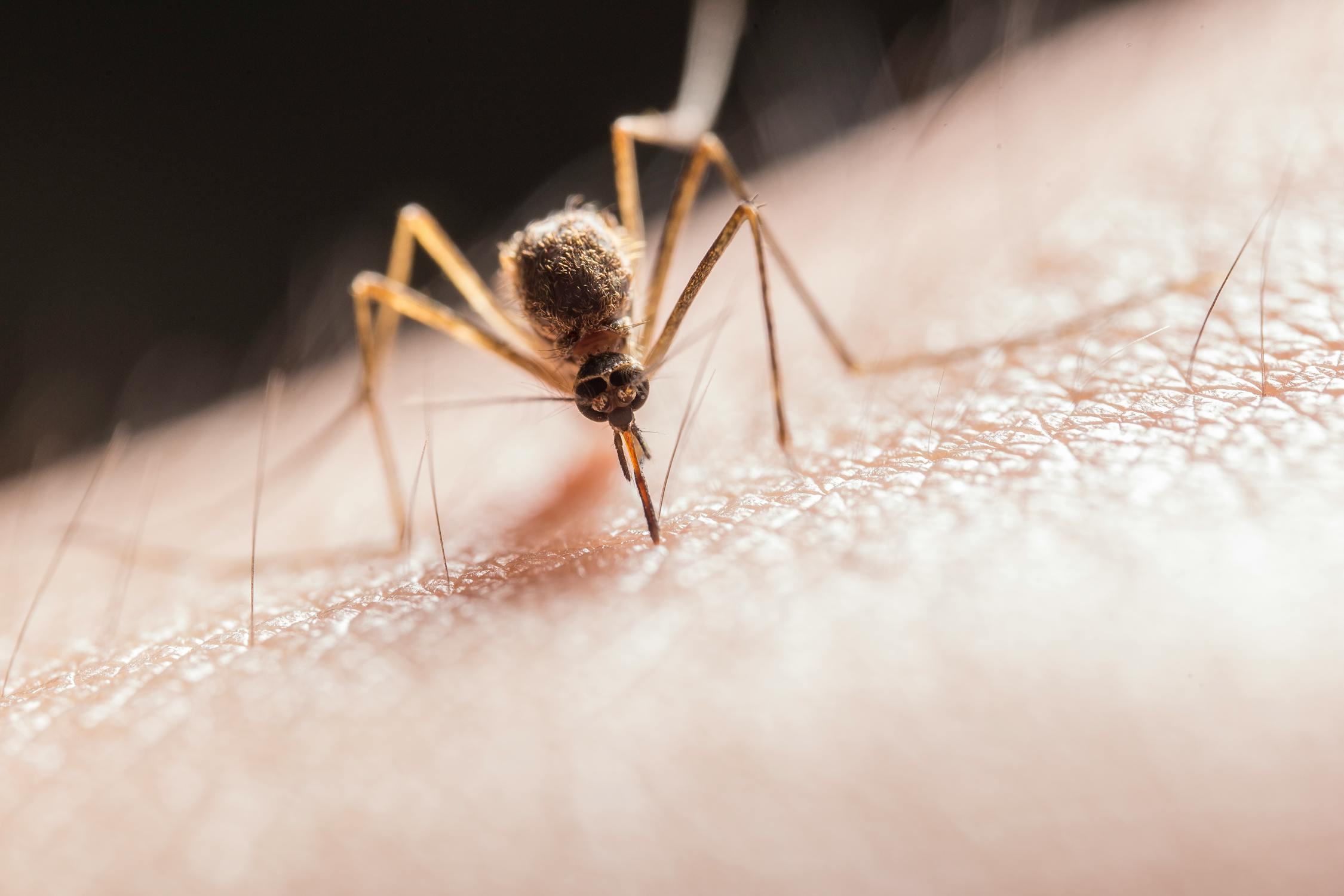On July 30th, 2024, data released by Center for Disease Prevention and Control, showed the spike in the West Nile Virus in the US. The data showed 72 recorded cases of WNV in numerous states in the US.
This fast rising virus is spread by the Culex mosquitoes, members of the Culicidae family, in the month of June up until early September. WNV symptoms range from mild (fever, and headaches) to severe (encephalitis and meningitis). In this article, we will look at the causes of the West Nile virus’s rise, and tactics for prevention and control.

What Are The Factors That Contribute to the Increase?
1. Climate Change: Longer mosquito seasons mean higher mosquito populations, which are brought on by warmer temperatures and changes in the weather. Hotter weather isn’t particularly helpful, because the virus multiplies more quickly in mosquitoes in hotter temperatures.
2. Increased Mosquito Populations: Some cities have to deal with poor drainage systems. The combination of constant rainfall, and poor drainage systems creates a lot of places for mosquitoes to breed. In urban areas, people live close to each other. If a mosquito carrying the West Nile virus bites an uninfected person, it can easily find more people to bite nearby.
3. Traveling: June through early September are the summer months, so people are going from one vacation to the next. With more people traveling and moving about, mosquitoes and the diseases they transmit may spread to new or previously untouched areas.
Prevention and Control of West Nile Virus
Unfortunately, there is no specific treatment for West Nile virus. People experiencing mild symptoms of this virus, such as fever and muscle aches, recover on their own with the help of pain and fever relievers. While severe cases call for hospitalization for several days or weeks (depending on the severity).
What Can You Do To Protect Yourself From This Virus?
- Use insect repellent to keep mosquitoes away.
- Wear long sleeves and pants to cover up yourself when you’re outside.
- Install window and door screens to stop mosquitoes from getting into your home.
- Eliminate standing water like in flowerpots and bird baths, where mosquitoes breed.
- Support local mosquito control efforts to help reduce their numbers.
- Stay updated on virus activity to know if there’s an outbreak in your area.
Public Health Response to West Nile Virus
Keeping this in mind, different areas and counties are releasing guidelines for their residents to follow. Thus, the European Center for Disease Prevention and Control (ECDC) has provided guidelines that will prevent the spread of West Nile virus (WNV) through blood, organs, tissues, and cells. Let’s take a look at the guidelines that ECDC put in place.
How Do You Prevent Transmission Through Donations?
Blood Donations: If you’re in an area affected by West Nile virus, the blood donation centers in that area need to be careful. It’s either they stop collecting blood temporarily or start testing all blood donations for the virus. If someone donates blood and then shows signs of the virus, the blood center will retest the blood. If it’s positive, they’ll discard it and also check for any other blood donated in the past 120 days.
Organ, Tissue, and Cell Donations: People donating organs, tissues, or cells who live in or have been to areas with West Nile virus will be tested for the virus to make sure they aren’t spreading it.
Keeping Track and Staying Safe
Monitoring Donors and Recipients: It’s important to collect information about who has the virus among donors and recipients. This helps health officials understand how the virus spreads and whether their prevention methods are working.
After Donation Checks: Blood donation centers will tell donors to watch for symptoms like fever or flu-like illness for 15 days after giving blood. If they get sick, the center needs to know.
Follow-up on Transfusions: If someone gets a transfusion and then shows signs of West Nile virus, health officials will look back at donations from the past 120 days to see if any of those donations might have been infected.
Are There Any Research or New Solutions Regarding This Virus?
In the factsheets provided by ECDC, scientists are working on ways to inactivate the virus in donated blood and other products. This means finding methods to kill the virus to make sure the blood is safe before it’s given to patients.
Bottom Line
West Nile virus is making a comeback across the U.S., hitting states like Texas, California, and many others. It’s usually most active from July to early September. The rise in cases might be due to warmer weather, more mosquitoes, and people traveling more.
There’s no specific cure for it, but you can reduce your risk by using insect repellent, wearing long sleeves and pants, and getting rid of standing water around your home. Public health officials are also working hard to prevent the virus from spreading through blood and organ donations.

















